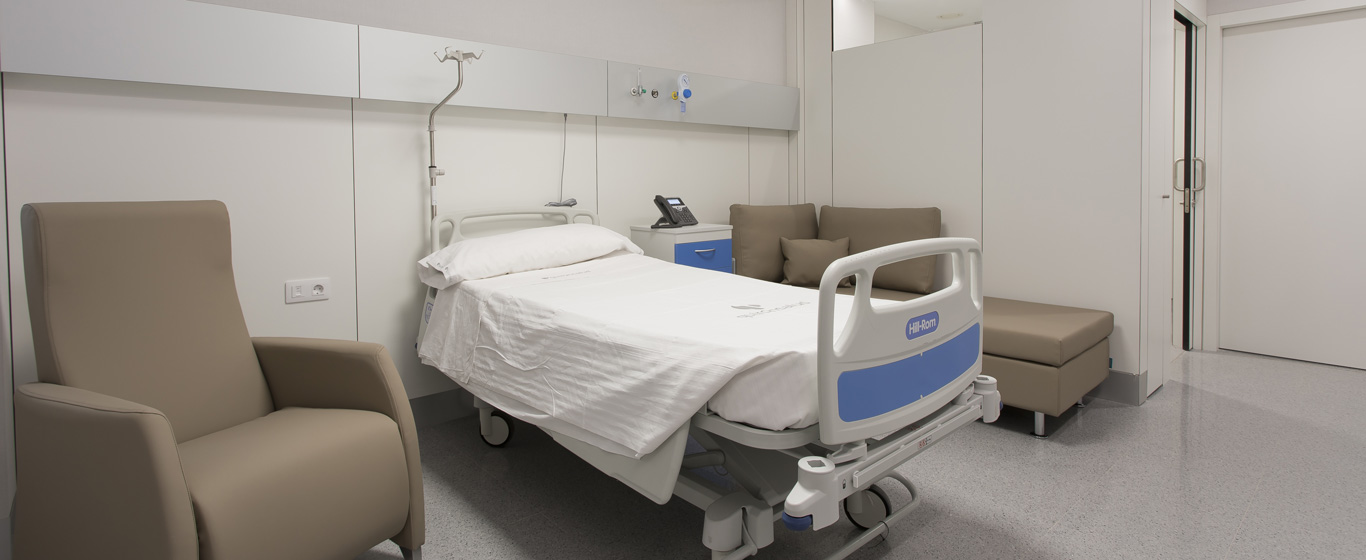Endoscopic Retrograde Cholangiopancreatography
Endoscopic retrograde cholangiopancreatography is a diagnostic procedure that combines X-ray imaging with the insertion of an illuminated, camera-equipped tube. Through this tube, a contrast material is injected to obtain radiographic images of the bile ducts and pancreatic ducts.

General Description
Endoscopic retrograde cholangiopancreatography (ERCP) is an imaging procedure used to examine the bile ducts and pancreatic ducts, which are responsible for transporting bile and pancreatic juices to the intestine.
ERCP combines endoscopy with ionizing radiation (X-rays) to obtain high-resolution images of the biliary tree anatomy.
When is it indicated?
Endoscopic retrograde cholangiopancreatography is used to identify and characterize various abnormalities that may occur in the bile and pancreatic ducts, primarily leaks, obstructions, or narrowing due to the following:
- Gallstones
- Infection and inflammation
- Scar tissue (fibrosis)
- Cysts or tumors
In addition to being an exploratory procedure, ERCP allows for certain therapeutic treatments, including:
- Removing gallstones
- Dilating the bile ducts
- Placing a stent in the ducts to keep them open
- Opening the entrance of the ducts to the intestine (the sphincter of Oddi)
- Taking a tissue sample for biopsy
- Draining a cyst or abscess
How is it performed?
ERCP involves the use of a duodenoscope, a long, thin, flexible tube equipped with a light and a side-viewing camera at one end. This device is inserted through the patient's mouth and advanced through the esophagus, stomach, and intestine until it reaches the opening of the pancreatic and bile ducts in the duodenum. Throughout the procedure, the camera captures real-time video images, which are transmitted to a monitor.
Once in the correct position, a catheter (a thin, flexible tube) is passed through the duodenoscope into the bile and pancreatic ducts, where an iodine-based contrast material is injected to enhance visualization through X-rays. With the biliary tree fully visible, multiple X-ray images are taken.
If an intervention is required, the necessary instruments are inserted through the duodenoscope.
Risks
Although rare, endoscopic retrograde cholangiopancreatography, being an invasive procedure, carries some potential risks, including:
- Bleeding
- Infection of the bile ducts or gallbladder
- Pancreatitis
- Tears or perforations in the organs the endoscope passes through
- Adverse reaction to the contrast material
Radiation exposure may increase the risk of developing cancer or other health issues, but since the radiation dose used is very low in a single procedure, it does not pose a significant danger to the patient.
What to expect during an endoscopic retrograde cholangiopancreatography
ERCP is performed in the radiology suite. Before starting, the patient must remove their clothing, wear the provided gown, and take off all metal objects, as they can interfere with imaging.
Sedative and analgesic medications are administered intravenously, along with a topical anesthetic spray (a liquid for gargling or a lozenge) to relax the gag reflex during the procedure. This causes numbness and swelling in the tongue and throat. A mouthguard may also be used to protect the teeth from the endoscope.
The patient lies on the examination table on their left side with their head slightly tilted. The endoscope is inserted through the mouth, and as it moves through the digestive tract, the patient may experience gagging, nausea, or mild cramping. There may also be a false sensation of breathlessness due to the tube, in which case slow, deep breathing can help promote relaxation.
Once the endoscope reaches the duodenum, the patient is repositioned to lie face down. When the contrast material is injected, a brief sensation of warmth or flushing is common. The patient remains in this position while the X-rays are taken.
ERCP typically lasts between 30 and 60 minutes. Once completed, the endoscope is slowly withdrawn, and the patient is taken to the recovery room, where they remain for a few hours before being discharged. It is common to experience a sore throat, nausea, or abdominal bloating after the procedure, as well as temporary changes in bowel habits. The patient cannot eat or drink until the throat anesthetic has worn off and may need to follow a liquid diet for the first 24 hours. Additionally, they should avoid driving or working during this period.
Medical specialties that request endoscopic retrograde cholangiopancreatography
ERCP is typically requested in digestive system specialties such as hepatology and gastroenterology.
How to prepare
It is necessary to fast completely for several hours before the procedure. In addition to signing a consent form, the patient must inform the doctor of the following:
- Any iodine allergy or history of adverse reactions to contrast material
- Use of anticoagulant medications, which increase the risk of bleeding and may need to be discontinued before the test
- Pregnancy status, as the fetus is particularly sensitive to radiation, requiring protective measures or reconsideration of the procedure’s appropriateness

































































































